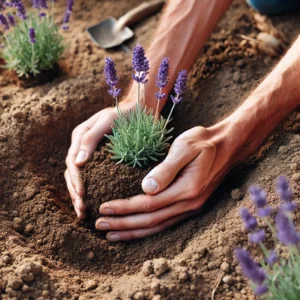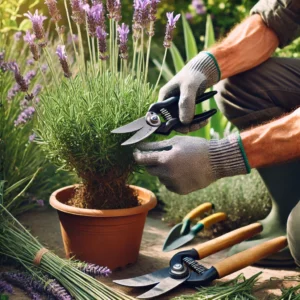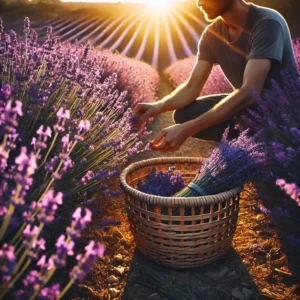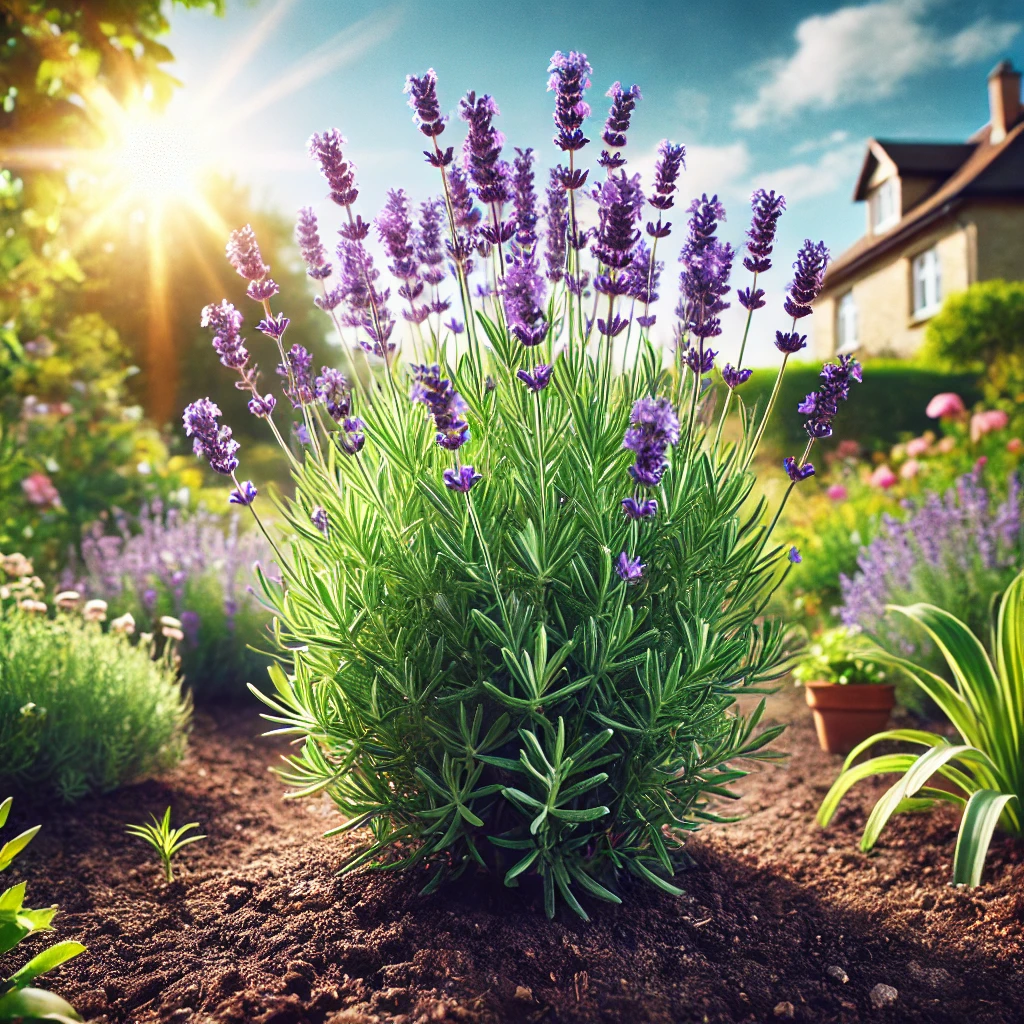Introduction – Lavender Plant Maintenance Tips
Lavender plants are cherished for their fragrant flowers and versatility in gardens and homes. Maintaining a lavender plant properly ensures it remains healthy and continues to bloom beautifully. This guide will provide comprehensive information on how to maintain a lavender plant, covering everything from optimal growing conditions to pest management and seasonal care.
Optimal Conditions for Growing Lavender
Lavender thrives in well-drained soil, ideally with a pH between 6.5 and 7.5. Sandy or loamy soil types are best, as they prevent waterlogging which can damage the roots. Lavender requires full sunlight, needing at least six hours of direct sunlight daily. The ideal temperature range for growing lavender in the USA is between 60°F and 75°F, making it suitable for USDA hardiness zones 5-9.

Planting and Watering Lavender
When planting lavender, choose a location with good air circulation and ensure the soil is well-prepared with adequate drainage. Space the plants about 12-18 inches apart to allow for air flow and growth. Watering lavender requires moderation; water deeply but infrequently. During the growing season, water once or twice a week, allowing the soil to dry out between watering sessions. In arid climates, more frequent watering may be necessary, but always avoid overwatering to prevent root rot.
Pruning and Fertilizing Lavender
Pruning is essential for maintaining a lavender plant’s shape and promoting new growth. The best time to prune is after the first bloom in the summer and again in late fall. Trim back one-third of the plant’s growth, avoiding cutting into the woody part of the plant. Fertilizing lavender should be done sparingly. Use a balanced, slow-release fertilizer once in the spring. Organic options like compost or well-rotted manure can also be beneficial.

Dealing with Pests and Diseases
Lavender is relatively pest-resistant, but it can still fall victim to certain pests and diseases. Common pests include aphids, spittlebugs, and whiteflies. These can be managed with insecticidal soap or neem oil. Lavender is also susceptible to fungal diseases like root rot and leaf spot, which are often caused by overwatering or poor air circulation. Ensure proper spacing and watering practices to prevent these issues.
Seasonal Care for Lavender Plants
Seasonal care for lavender involves adjusting your maintenance practices to suit different weather conditions. In spring and summer, focus on regular watering and pruning after blooms. During fall, prepare your lavender for winter by reducing watering and applying mulch to insulate the roots. In colder climates, consider covering the plants with a protective cloth during frosts.
Harvesting and Using Lavender
Lavender should be harvested when the flowers are in full bloom, typically in mid to late summer. Cut the stems in the morning after the dew has dried for the best fragrance. Harvested lavender can be used in a variety of ways, including in sachets, oils, and culinary dishes. Store dried lavender in a cool, dark place to preserve its aroma and quality.

Lavender Plant Care Summary
| Care Aspect | Details |
|---|---|
| Soil | Well-drained, sandy or loamy, pH 6.5-7.5 |
| Sunlight | Full sun, at least 6 hours daily |
| Watering | Deeply but infrequently, allow soil to dry between watering |
| Pruning | Prune after first bloom and in late fall, avoid cutting into woody parts |
| Fertilizing | Balanced, slow-release fertilizer in spring, organic options like compost |
| Pests | Aphids, spittlebugs, whiteflies – use insecticidal soap or neem oil |
| Diseases | Root rot, leaf spot – ensure proper spacing and watering |
| Seasonal Care | Adjust watering, apply mulch in fall, cover during frosts in cold climates |
| Harvesting | Mid to late summer, cut stems in the morning after dew dries |
Conclusion
Maintaining a lavender plant requires attention to soil, sunlight, and proper care practices. By following the guidelines outlined in this article, you can ensure your lavender remains healthy and vibrant. Embrace the joy of growing lavender and enjoy its many benefits in your garden and home.
